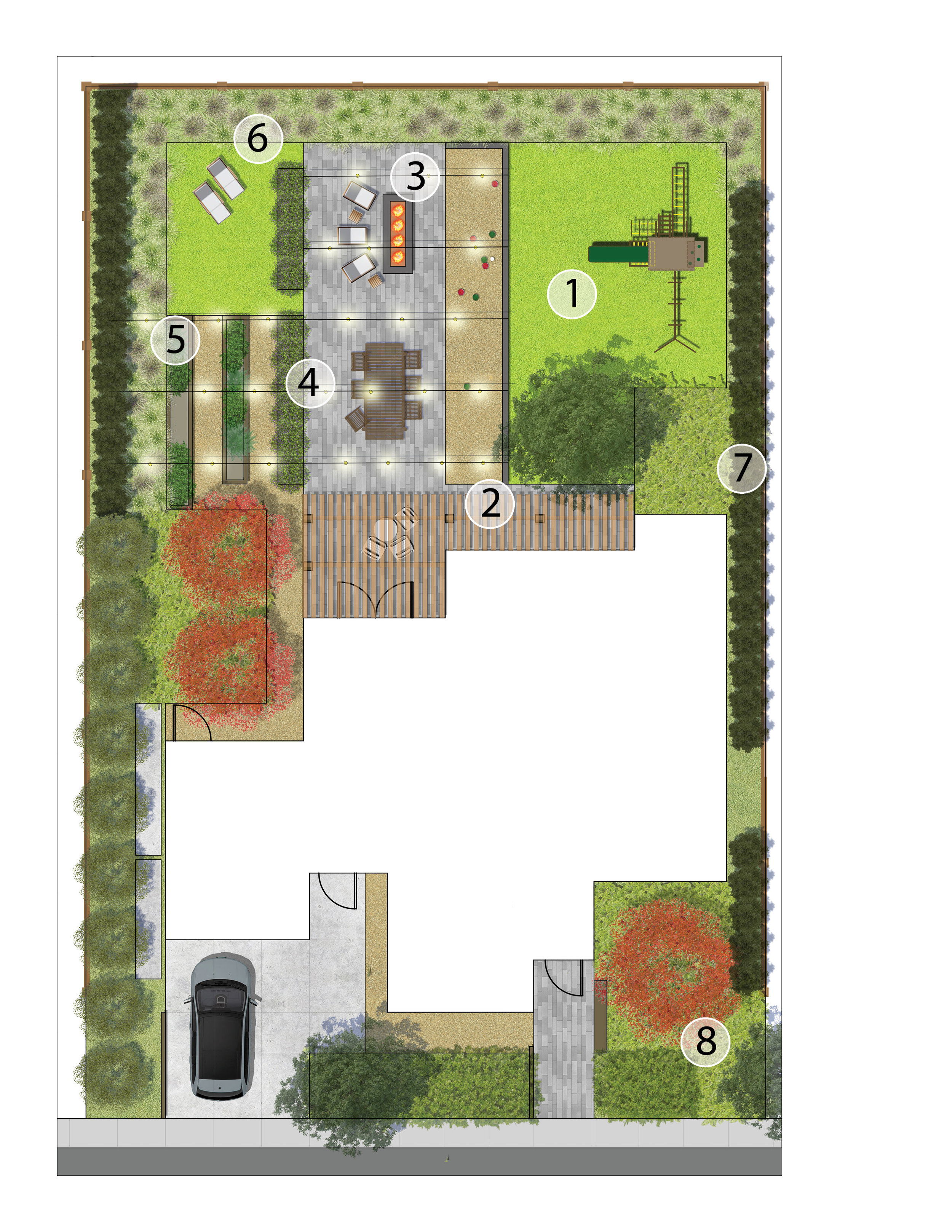Some Of Hilton Head Landscapes
Hilton Head Landscapes Can Be Fun For Everyone
Table of ContentsHilton Head Landscapes for DummiesThe Basic Principles Of Hilton Head Landscapes The Facts About Hilton Head Landscapes Uncovered4 Simple Techniques For Hilton Head LandscapesOur Hilton Head Landscapes IdeasThe smart Trick of Hilton Head Landscapes That Nobody is Talking AboutOur Hilton Head Landscapes PDFs
Line creates all forms and patterns and can be used in a variety of methods the landscape. Line in the landscape is produced by the edge in between two materials, the synopsis or shape of a type, or a long straight feature. Lines are a powerful tool for the designer due to the fact that they can be utilized to create a limitless variety of forms and types, and they manage movement of the eye and the body.

Lines can have one or more characteristics, such as those defined below, however they generally serve different objectives. Number 1. Lines in the landscape - landscape design hilton head. The residential or commercial properties of lines identify how people reply to the landscape, both emotionally and physically. Straight lines are architectural and powerful; they develop an official character, are generally connected with an in proportion layout, and lead the eye directly to a prime focus.
The Buzz on Hilton Head Landscapes
Straight lines are most commonly discovered in hardscape sides and material. Curved lines produce an informal, natural, loosened up personality that is linked more with nature and asymmetrical balance. Bent lines move the eye at a slower speed and add secret to the area by creating hidden views. Vertical lines relocate the eye up, making an area feel larger.
Upright lines in the landscape consist of tall, narrow plant material, such as trees, or high frameworks, such as an arbor or a bird house on a post. Horizontal lines move the eye along the ground airplane and can make a room really feel bigger. Low lines are a lot more controlled and develop a sensation of rest or repose.
Our Hilton Head Landscapes Ideas
Lines are also produced by the vertical kinds of built functions and plant material. There are three key line types that create form in the landscape: bedlines, hardscape lines, and plant lines.
Bedlines attach plant product to the home and hardscape because the eye follows the line, relocating the stare through the landscape. Hardscape lines are created by the side of the hardscape, which defines the built structure. Line can also be produced by lengthy and slim products, such as a fence or wall.
Not known Facts About Hilton Head Landscapes
Form is found in both hardscape and plants, and it is generally the leading aesthetic element that spatially arranges the landscape and typically establishes the style of the yard. The form of structures, plant beds, and garden ornaments additionally determines the overall form theme of the yard. Official, geometric types consist of circles, squares, and polygons.
Plants produce kind in the yard with their outlines or silhouettes, but form can also be specified by a gap or negative room in between plants - hilton head landscapers (https://scriaoll-troos-gaerk.yolasite.com). Circles can be full circles, or they can be divided right into fifty percent circles or circle segments and integrated with lines to create arcs and tangents
The 6-Minute Rule for Hilton Head Landscapes
Circles can additionally be stretched into ovals and ellipses for even more range and rate of interest. Circles are a solid layout type because the eye is constantly attracted to the facility, which can be used to stress a centerpiece or attach other types. Figure 2. Circular forms in hardscape and grass panels.
The square type can additionally be fractional and secondhand repeatedly to produce a grid pattern. Unlike circles, squares are click now more powerful on the edges, which can be lined up or overlapped to create one-of-a-kind patterns and more intricate kinds.
Meandering lines usually mimic the all-natural program of rivers or streams and can be referred to as smooth lines with deeply bent wavinesses. Twisting lines (Figure 3) function well for paths, plant bedlines, and dry stream beds. Twisting lines can include interest and secret to a garden by leading audiences around edges to find new sights and rooms.
Hilton Head Landscapes - An Overview

Number 5. Fragmented sides: tipping stones in pathway. Form is one of the most long-lasting quality of a plant (landscape design hilton head). https://www.find-us-here.com/businesses/Hilton-Head-Landscapes-Hilton-Head-Island-South-Carolina-USA/34094024/. Common plant kinds are well developed and standard, as type is the most consistent and recognizable characteristic of plants. Form can additionally be developed via the massing of plants, where the overall mass creates a various form than a specific plant.
A very contrasting kind needs to be used with careone or more job well as a centerpiece, however as well numerous wreak havoc. All-natural plant kinds, instead of over-trimmed types, ought to develop the bulk of the structure. The significance of total kind is basically dependent on the watching perspectivethe kind of a tree can appear quite various to an individual standing under the canopy versus viewing the tree from a distance in an open field.
Some Known Details About Hilton Head Landscapes
Plant types also develop and define the gap or open spaces between the plants, producing either convex or scooped kinds in the voids. High-arching tree branches normally create a concave open space under the branches, and a rounded cover with reduced branches loads the room to produce a convex type outdoors space under the tree.
